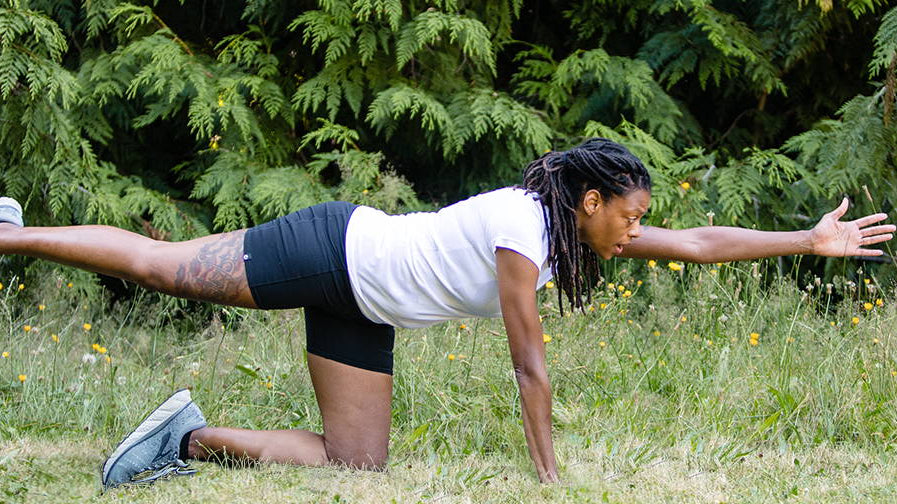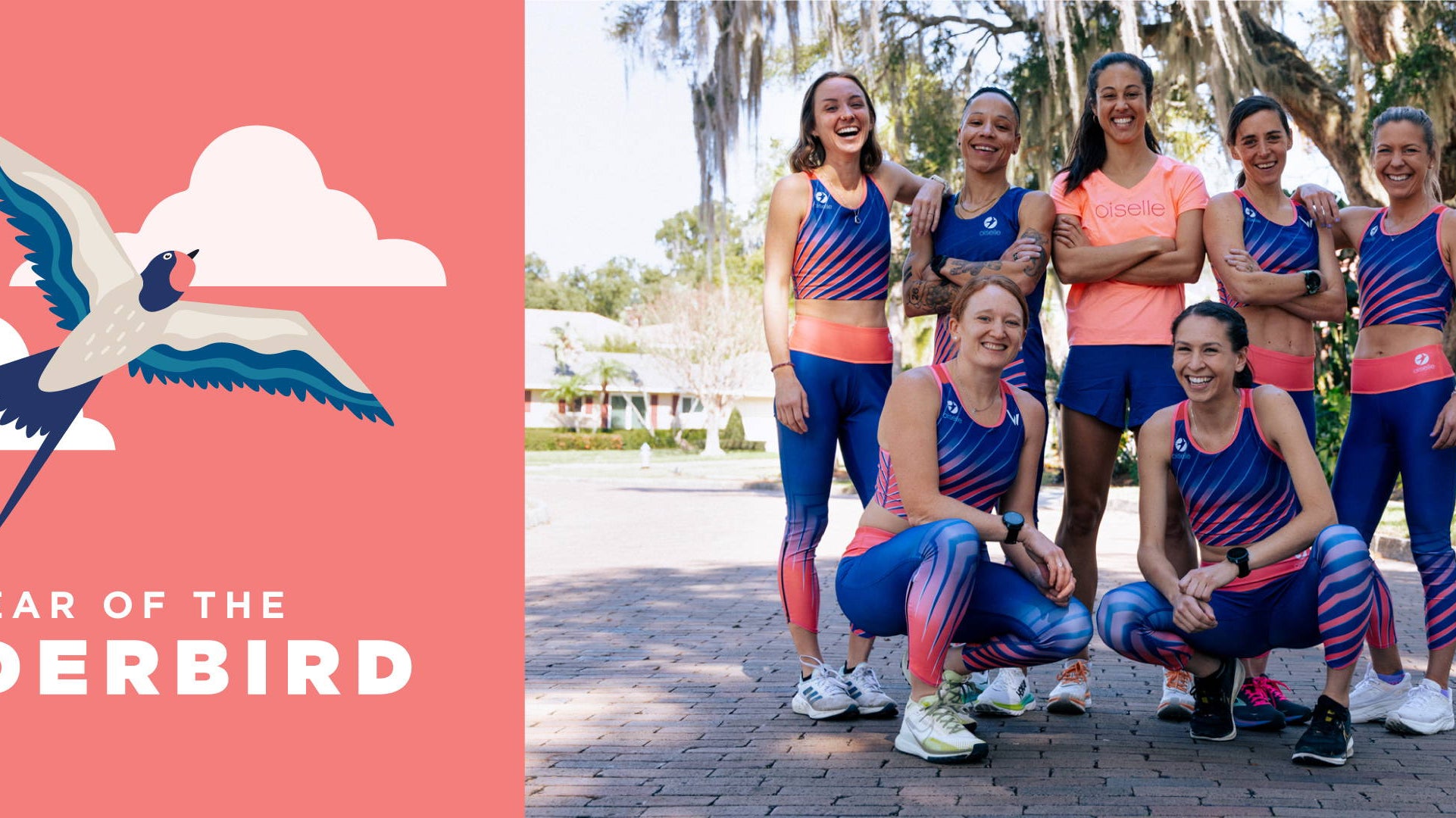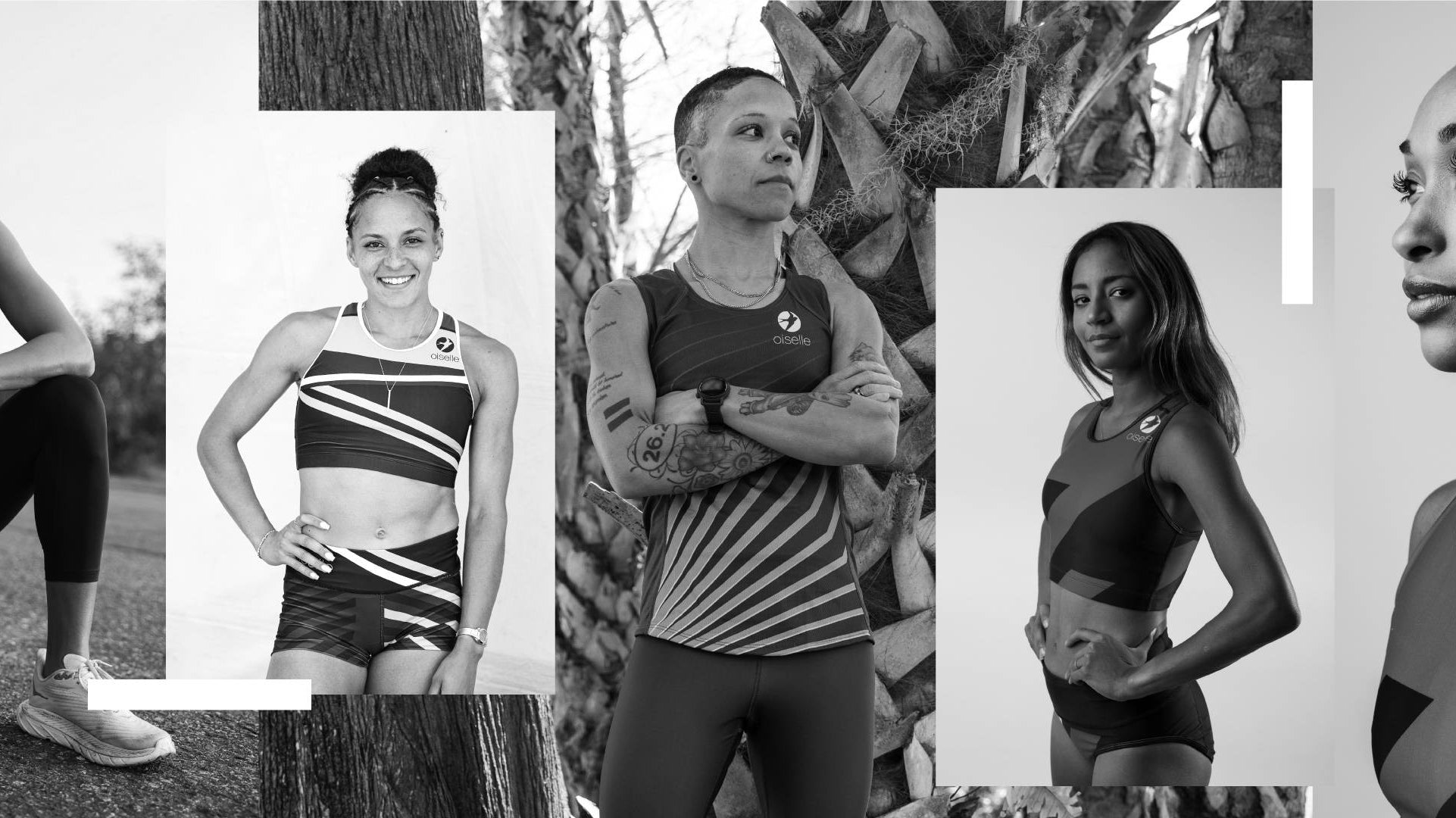To say that we were proud of Devon Yanko, following the Javelina 100 mile Ultra Race, is a massive understatement. We were blown away, in complete and utter awe of her incredible feat. In fact, we have a mix of seasoned runners and newbies to the sport at The Nest, and not one of us could wrap our minds around running for 100 miles straight, let alone winning the race and setting a course record. We were buzzing with questions.
Interested in the world of ultra running? Devon’s got you covered with a Q&A from the Volée!

ASK A PRO: ULTRA RUNNER
How long had you been running before you made the leap to ultra races? How did you know when you were ready to run a 100-mile race? What resources would you recommend for someone taking the leap? - Mary Winchester
I ran my first half marathon in 2003, my first marathon in 2005, my first 50k in 2006 and first 100 miler in 2008! Once, I started running distances farther than 50km it seemed like a natural progression to run 100 miles. I felt like every step up in distance I was exploring and challenging myself in a new way. I never felt “ready” per se, there was always a feeling of “can I do this?” I did not rush the process. I got a few 50 miles and 100kms under my belt first. There are lots of great resources out there for ultra running: My friend Krissy Moehl has a book coming out on December 1st called “Running your first ultra”. She has so much ultra experience, this will be a great resource. I’ve always consulted “A Step Beyond: A Definitive Guide to Ultrarunning”. It has all of the answers in terms of nutrition, stomach/bathroom issues, training, taking care of your feet and more. It was the first book I bought. I just read “How Bad Do You Want It?” by Matt Fitzgerald which is about sports psychology and really helpful in developing the tools to run your best. Ultrarunning magazine and Trail Runner magazine both do great work on covering all the issues. Ultrarunnerpodcast is fun to listen to and a great wealth of resouces. iRunfar.com is the best web resource and ultrasignup.com is there for you when you are ready to sign up for a race!

Napa Marathon - Photo with Bay Bird Teammates
How do you figure out what pace to run at first? Do you just go as if you are going for a long run? How many marathons did you run before your first ultra? - Sarah Lesko
Pacing in ultras is a difficult thing. For my first ultra, I just went out like I was running a long run and later picked up the pace when I stopped being afraid I was going to blow up! I usually gauge my effort in an ultra by whether I perceive I could run a pace “all day long” aka comfortably hard. At Javelina, I had a pace chart for each loop, so after each 15.8 mile circuit I had an idea of what kind of finishing time I was on target for. This helped me gauge my effort as well. I think in ultras, pace charts are invaluable. I often use data from previous results to give me an idea at certain aid stations how I am doing in respect to historic times. This also helps you pace yourself according to the course itself since there is so much terrain and climbing variation in ultras! I ran 4 marathons (3 for myself, 1 pacing my sister) before I ran my first 50km.

Ultra Trail Cape Town
What does your training schedule/weekly mileage like? I am interested in ultras but fear that I don't have enough time to devote. - Katie Ortkiese
I run 6 days a week. I run higher mileage than most ultra runners do and high mileage for even marathoners. I tend to thrive on 100-120 mile peak weeks. I do not think that is necessary to do to run an ultra. I think most ultra runners (on the elite end) average between 60-80 miles a week. Ultimately, it is about running a training schedule that will best prepare you to achieve your ultra goals. I think the best way to fit in the training with your schedule, is to work with an ultra running coach who can specifically tailor the necessary training into your life!
Do you strength train in addition to running? If you do, how do you strengthen your legs without exhausting your muscles? - Melissa Wolfe
Yes I do! I work out with a trainer 2-3 days a week and do core on my own the other days (ok, honestly it is a routine I am working at staying consistent on!). My trainer sessions are either dynamic body weight workouts if they are the day before a workout. If I am doing heavier lifting, then I do it after my hard workouts on the same days. Thus, my next days recovery gives me a chance to recover. Also, getting into a strengthen routine will make you more tired, so starting up in the offseason when you aren’t running as hard helps get your muscles strong enough not to be too debilitated.

Javalina Jundred - Two hours into the race.
What distances do you run in training? Shortest run? Longest? - Susan Marvel
My longest training run before UTCT 100km and Javelina 100 miler, was one 50km “race” that I used as supported training during my peak week. I would say my average runs are 10 miles (am run) and maybe 5 miles (if I am doing a pm run). I do not think that one needs to run that high of mileage to be an ultra runner. It works for me, earlier this year I had a coach who had me running much lower mileage and I never felt good, as soon as I switched back to my current coach and up’d the mileage, I felt great! I think that one should train at their maximum that they can sustain without injury or breakdown in quality.
How did you stay properly fueled? What did you use for fuel? What hydration pack/system did you use? Electrolyte drink? - Kelley Reeder
When it comes to fueling, I think everyone must figure out (or practice) what works for them. For me, I have tried almost every combination of things and for Javelina, settled on a very simple plan to start (with contingencies for later in the race). I am usually very bad at drinking water during ultras. I hate carrying a lot and don’t remember to drink, but I knew at Javelina that would not fly since I was running in the desert. My plan was to use Tailwind (which covers, hydration, calories and electrolytes) in my bottle. I refilled halfway through the loop with more tailwind (as I carried an individual serving in a small pouch along with a few back up gels). For the first 70 miles, I took only Tailwind while running (about 200 calories/hour). I started supplementing with Coke, Ginger ale at aid stations along the way. I also had a iced coffee and a few gummies at mile 60. After 70 miles, I started taking in gels (GU) to ensure I was getting enough calories late in the race and didn’t get too depleted. My crew had contingencies for if Tailwind stopped working or made me sick (like diluting down the strength) which included gummy candies, bars, ginger chews. Plus, the aid stations have lots of options to choose from. At UTCT 100km, I was too hypothermic to eat while running and so raced only eating gummy candies at aid stations and one handful of french fries at 50km!
I carried handheld bottles with straps made by Ultimate Direction and a small Amphipod belt. I was able to carry less because of the loop nature of the course and distance between aid stations. In races that I don’t have crew for or that will take longer between aid stations, like UTCT 100km, I wear a race vest by Ultimate Direction which has room for bottles on the front plus required gear.

Berkeley Half Marathon - when she was running for Bay Birds
Out of all the mileage you've trained for, what is the weirdest, most crazy thought that has ever came to mind during a long run? - Abby Seitas
I have had some really weird thoughts while running. Sometimes, like at UTCT 100k, it is something like repeatedly singing a song to myself over and over and over again (and it wasn’t a song I even knew well). Sometimes, you hallucinate things after so many hours of running, like at Javelina where I hallucinated a rattlesnake! And I definitely am notorious for talking to myself.
When you get to a tough spot (mentally or physically) in a race, how do you bring yourself out of it? - Kimmie Behrman
At Javelina, we developed the mantra “work the problem” so that when something came up, I actively worked through the issue (or worked through it with my crew). I knew that if it was something physical, like when I started feeling sick/throwing up, that to “work the problem” I had to address the symptoms. So we cooled me off, got ice on my neck and I backed off my pace a bit and it worked. If it has persisted, we could have started diluting my bottles which had my nutrition in them or trying different foods. Mentally, when I was in a funk, I also took a very active approach. Early on in the race I was being very negative and when I realized this was counter productive, I started repeating positive phrases. Sometimes just stopping, taking the step to say “we have a problem” means you have the space to realize you have to actively find the solution. Bad patches (both physically and mentally) will happen in ultras, but you have to actively problem solve when they do to work yourself out of them.
“Be brave enough to start. Be strong enough to fight. Embrace the scary and let it take you to new heights.”
- Devon Yanko










